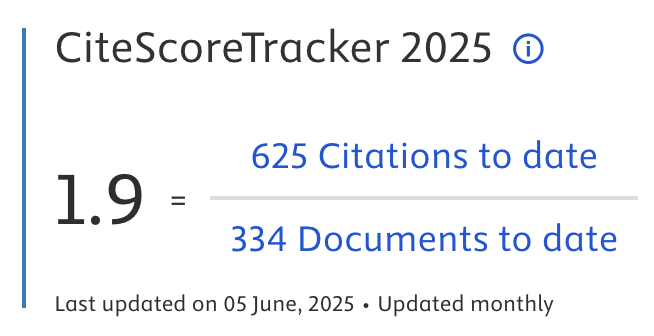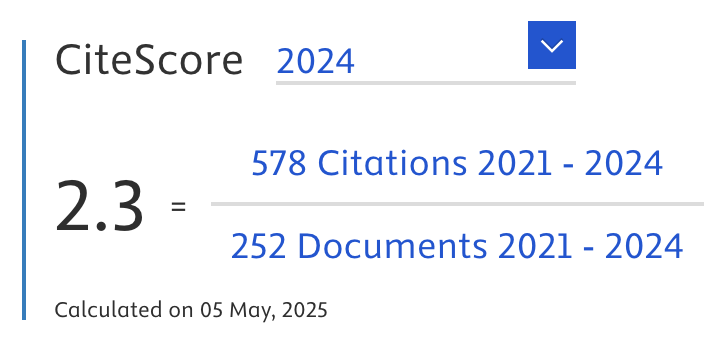A Comparative Study of Machine Learning Approaches to Megathrust Earthquake Prediction in Subduction Zones
Abstract
Megathrust earthquakes are one of the most severe threats to countries situated along tectonic subduction zones, particularly Indonesia, where the movement of converging plates frequently triggers large-scale seismic events and tsunamis. Although recent developments in seismology have introduced various predictive tools, many of these models still face challenges, especially due to limitations in hydrogeological data quality. This study aims to investigate how three different machine learning algorithms perform in predicting megathrust earthquake events. The algorithms tested are Support Vector Machine, Random Forest, and Artificial Neural Network, applied to a dataset dominated by earthquake records from the Indonesian and Pacific regions. Each model was evaluated based on accuracy, precision, recall, and F1 score to provide a comprehensive performance analysis. The results show that Random Forest produced the highest accuracy, reaching 96%, followed closely by Support Vector Machine with 95%, while Artificial Neural Network achieved 83%. In terms of the F1 score, Random Forest led with a score of 0.95, indicating balanced performance in classification. However, recall, which is critical in disaster preparedness because it measures the model’s ability to detect high-risk events, Artificial Neural Network reached 92% for tsunami-related classifications. This suggests that while Random Forest is the most accurate overall, Artificial Neural Network could be more appropriate for early warning systems where the cost of missing a true event is much higher than issuing a false alarm. The contribution of this research is the direct comparison of multiple machine learning methods using real earthquake data, focusing not only on accuracy but also on practical disaster management considerations such as recall. This study also presents a novel perspective by analyzing the trade-off between model accuracy and disaster risk, emphasizing the need for probabilistic forecasts that can support timely public decision-making during seismic crises.
Article Metrics
Abstract: 252 Viewers PDF: 147 ViewersKeywords
Earthquake Prediction; Machine Learning; Random Forest; Neural Networks; Subduction Zones
Full Text:
PDF
DOI:
https://doi.org/10.47738/jads.v6i4.904
Citation Analysis:
Refbacks
- There are currently no refbacks.

Journal of Applied Data Sciences
| ISSN | : | 2723-6471 (Online) |
| Collaborated with | : | Computer Science and Systems Information Technology, King Abdulaziz University, Kingdom of Saudi Arabia. |
| Publisher | : | Bright Publisher |
| Website | : | http://bright-journal.org/JADS |
| : | taqwa@amikompurwokerto.ac.id (principal contact) | |
| support@bright-journal.org (technical issues) |
 This work is licensed under a Creative Commons Attribution-ShareAlike 4.0
This work is licensed under a Creative Commons Attribution-ShareAlike 4.0





.png)